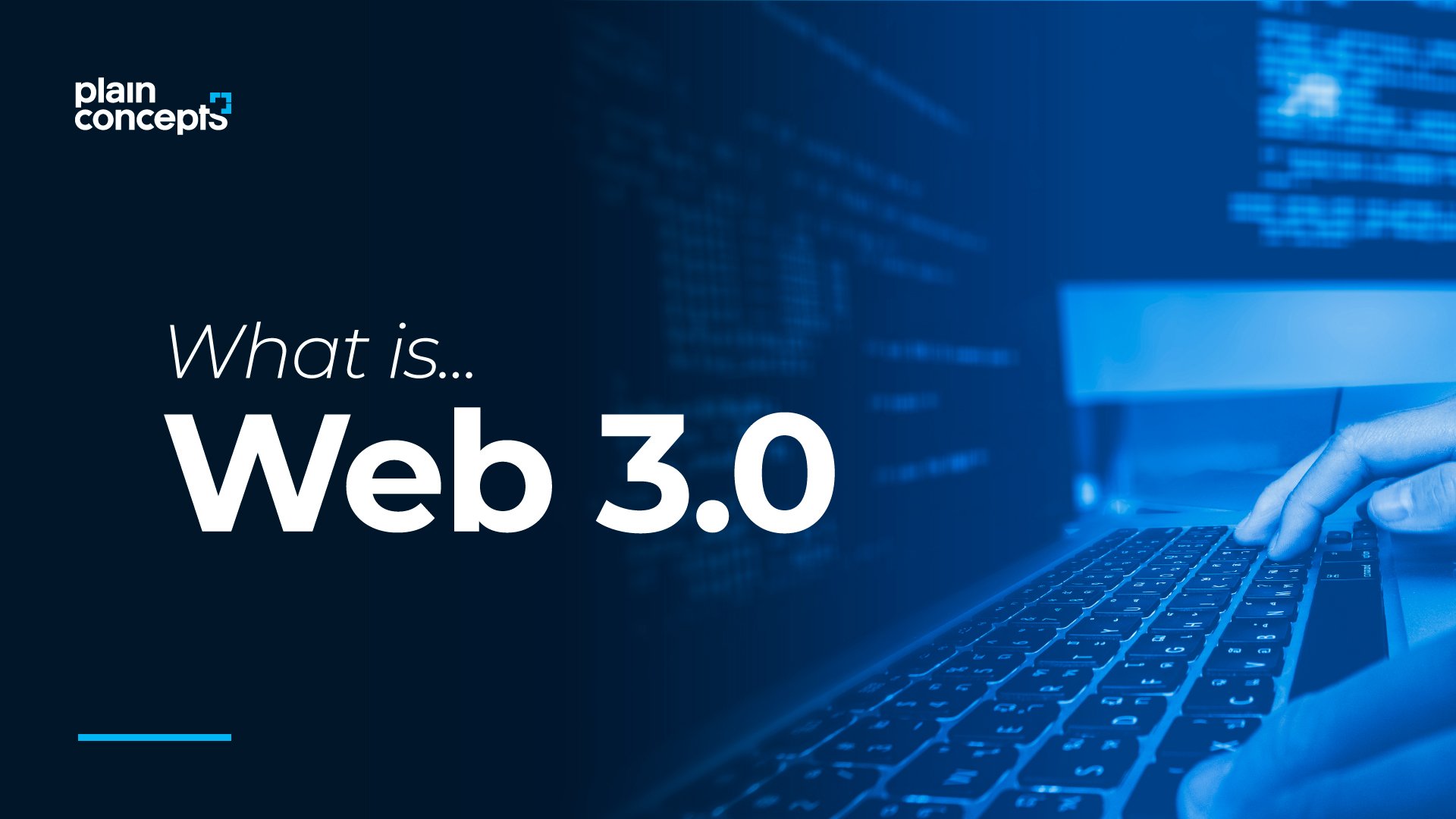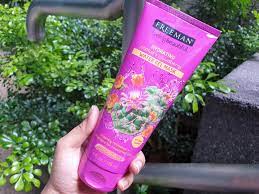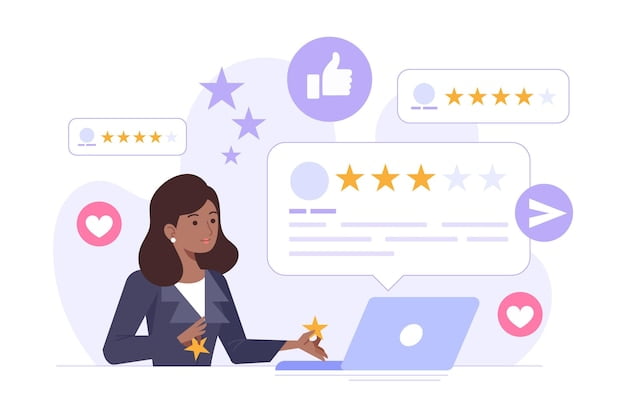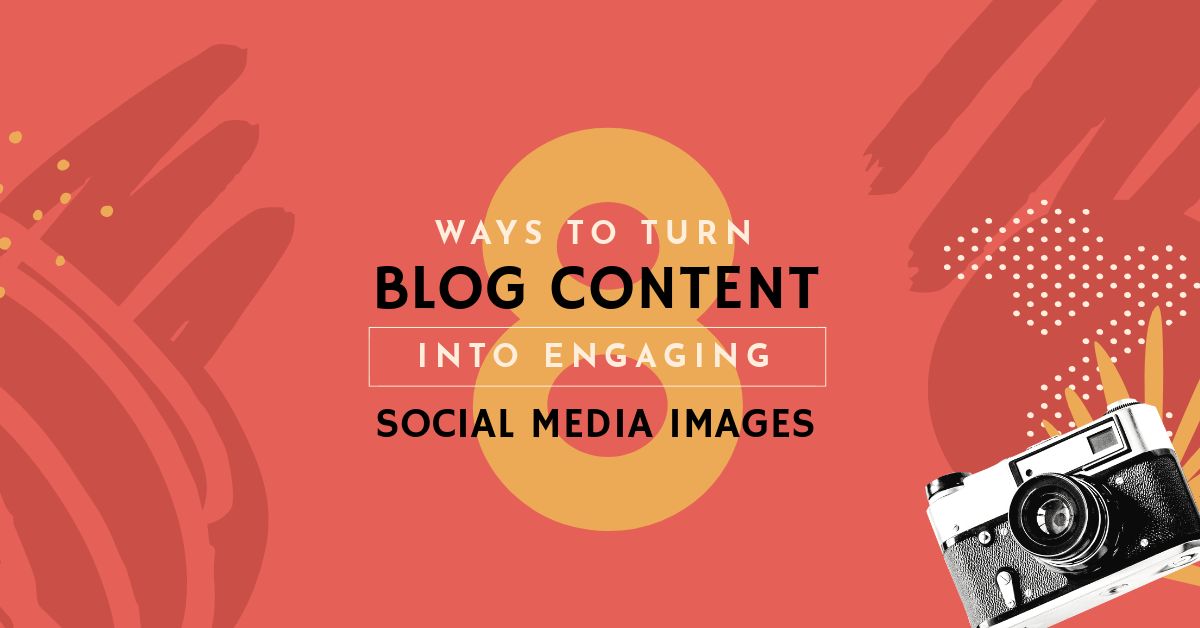
Social platforms are still reporting robust growth — yes, even Facebook — despite a growing chorus of opposition. Social conversation continues to shape everything from culture to the media cycle to our most intimate relationships. And we now spend more time than ever on our phones, with endless scrolling through our social feeds being a chief reason why.
But dig a little deeper, and a more nuanced picture emerges about social media users today that has important implications for the ways in which brands reach customers. Specifically, when you look at who is — and more importantly, who is not — driving the growth and popularity of social platforms, a key demographic appears to be somewhat in retreat: young people.
For example, 2019 findings from Edison Research and Triton Digital show social media usage overall among Americans 12 to 34 years old across several platforms has either leveled off or is waning, while 2019 research from Global Web Index suggests that the amount of time millennial and Gen Z audiences spend on many social platforms is either flat, declining, or not rising as greatly as it has in years’ past.
To understand what’s driving this shift, you need only talk to young people. They’re saying that after years spent constructing carefully curated online identities and accumulating heaps of online “friends,” they want to be themselves and make real friends based on shared interests. They’re also craving privacy, safety, and a respite from the throngs of people on social platforms — throngs that now usually include their parents.
To reach these younger audiences on social, marketers are going to have to re-think their approach. The first step is to understand the distinct characteristics of these more closed, and often more private and interactive online spaces. Since I believe that naming a trend helps provide a framework for understanding it, I have dubbed these spaces “digital campfires.”
If social media can feel like a crowded airport terminal where everyone is allowed, but no one feels particularly excited to be there, digital campfires offer a more intimate oasis where smaller groups of people are excited to gather around shared interests.
I’ve identified three categories of digital campfires: private messaging, micro-communities, and shared experiences. Some digital campfires are a combination of all three.
Let’s examine the characteristics of each, as well as how brands are successfully navigating the challenges of reaching the audiences in these environments.
Private Messaging Campfires
Private or small-group messaging — usually but not always with one’s real-life friends — is the primary purpose for gathering.
In a 2019 survey from ZAK, a youth-focused creative agency, nearly two thirds of the 1,000 people polled, all under 30, said they prefer to talk in private message threads rather than on open forums and feeds. Sixty percent of respondents stated that talking in private groups means they can “share more openly.”
Private messaging campfires often exist on traditional social platforms. Facebook Messenger and WhatsApp are among the most well-known examples. According to the ZAK survey, 38% of people under 30 only use Facebook for the private messenger function. Instagram, the rare platform showing an upward usage trend among younger Americans, recently launched a new, standalone app, called Threads, designed expressly for quick-fire messaging with close friends via the camera and text.
For the most part, brands aren’t invited into these private chats. Some have responded by adapting similar technologies, like texting (whether with actual humans or human-seeming chatbots), to mimic the intimacy of personal conversations with friends.
For example, there’s Text Rex, a members-only, text message-based, personalized restaurant recommendation service from the dining review site The Infatuation (a favorite among millennial foodies). Users can text questions like “Where should I take my date in midtown Manhattan?” or “What’s the best midday sushi in Santa Monica?” and receive answers from actual humans (Infatuation staffers).
Similarly, there’s Community — another text-based service that launched last year to help corporations, stars and high-profile individuals facilitate direct conversations with their fans via text messaging “without getting buried by social feeds and algorithms.” Community’s primary users are celebrities (among them: Kerry Washington, Amy Schumer, and Paul McCartney). But some fashion and lifestyle brands like MadHappy, APL, and Beautycon have already signed on, and the opportunity for brands to speak more directly to their customers via a channel they’re already using is a promising development.
Micro-Community Campfires
Primarily interactive private or semi-private forums where people gather around interests, beliefs, or passions.
Like the private messaging campfires, micro-community campfires often live on traditional social platforms. Facebook Groups are probably the best-known example. The “close friends” feature within Instagram Stories has become a tool some influencers are using to share exclusive content and interact with small groups of their followers, for a fee. Slack, best known as a workplace messaging tool, is also a place where micro communities are connecting, often around shared professional interests.
YouTube has long been a hub for hyper-specific communities and that’s still the case today, especially among teens. Sure, anyone can watch or engage with a YouTube video, but the cornucopia of channels means there’s something for every conceivable niche interest. For a user, the effect of wading through a vast sea of content to stumble upon something meaningful — combined with the intimacy engendered by the direct-to-camera style of videos on the platform, and the loyalty that comes from subscribing to creator channels — can feel revelatory. (The same cannot be said of the Chinese-owned app TikTok, which, while growing at a phenomenal clip, is largely oriented around the consumption of a seemingly endless feed of entertaining videos served up by an algorithm. It does not allow the user to intentionally connect to specific interest communities).
Micro-community campfires can also spark in unexpected places. Young people are gathering, for example, on Discord — a voice and text chat platform designed for gamers, which has become something of an under-the-radar hub for beauty obsessives, with multiple servers devoted to topics like advice about makeup or cruelty-free products.
Brands can tap into existing micro-community campfires by partnering with influencers, or they can invest time and resources to build their own campfires from scratch — a heavier lift, of course, but if the brands doing it well are any indication, it’s an effort that is well worth it.
One example is Sprite, which spearheaded a campaign for the Latin American market last year called “No Estás Solo” (“You Are Not Alone”). Working with an agency, the company used data from Google to determine personal pain points that young people were searching. It then set up Reddit forums, each helmed by an influencer who had personal experience with issues such as feeling like you’re in the wrong body. The outcome: poignant personal discussions about loneliness, all led by Sprite.
Another example is the private Slack group created by beauty brand Glossier, often called one of millennials’ most trusted brands. Created exclusively for its best customers to talk about all things beauty, organize meet-ups and discuss products, the brand credits the group with helping to co-create one of its now-top-selling products, Milky Jelly Cleanser. At one time, this type of forum might have been dubbed “market research.” Today, it also serves as an engine for fandom, while simultaneously allowing the company to be nimble and responsive to anything that is discussed there.
Shared Experience Campfires
Private or public forums where participating in a shared experience — often around a specific shared interest — with a like-minded community is the primary purpose for gathering.
Perhaps the best example of this type of campfire is Fortnite, a multiplayer video game that has more than 200 million users, up to 8 million of whom are online at any given time. The game has been called a de facto social network thanks to the role it occupies in the lives of its players: Indeed, half of teens say they use it to keep up with their friends — some of whom they’ve never actually met in person — with most spending six to 10 hours each week on the platform). Last year, the EDM artist Marshmello staged a virtual concert inside the game that 10.7 million people “attended.” Fortnite is a form of entertainment, but more than that, it’s a catalyst for bringing together like-minded people for a shared experience. And the game’s steep learning curve lends it an aura of exclusivity.
The live broadcasting and viewing platform Twitch serves a similar function. Live streamers, primarily gamers, broadcast their own gameplay, usually with audio commentary, for fans who can watch and interact via chat. Twitch users consumed 592 billion minutes of live-stream content last year, and Twitch has recently pushed into non-gaming categories like music and sports. As with Fortnite, the primary draw to Twitch is its entertainment value, but the “stickiness” comes from the community and sense of excitement that forms around a shared interest or individual.
So how can marketers zero in on the right shared experience campfires for their audience? As with the other campfires, they must first identify the communities and parts of the culture that their brand fits into. Then, determine the online experiences these audiences seek. Brands like the NFL, Marvel, and Nike have done just that, leveraging Fortnite, for example, to reach their audiences by selling skins (stylized weapons and outfits for players’ in-game avatars), creating branded mash-up game modes, and doing limited-edition product drops inside the game.
Without question, the digital campfire trend is firmly on the radar of the big social platforms. “Today we already see that private messaging, ephemeral stories, and small groups are by far the fastest growing areas of online communication,” Mark Zuckerberg wrote in a March 2019 public post, announcing a strategic shift toward more closed, private modes of communication.
Zuckerberg is paying attention to this shift not only because the data shows that Facebook is losing young audiences, but because the re-direction of attention to more private modes of communication represents a major challenge for the company. About 98% of Facebook’s revenue comes from advertising, and people in smaller, more closed forums are much harder for advertisers to reach at scale.
It is neither simple nor straightforward to reach audiences gathered around digital campfires. But as traditional social platforms grow, they become more crowded, and it becomes more difficult and expensive to reach people there anyway. In light of this, digital campfires become a much more attractive alternative — one that requires more groundwork and more careful tending, but one that could potentially have big payoffs for brands in terms of loyalty, retention, and long-term love.
[“source=hbr”]







